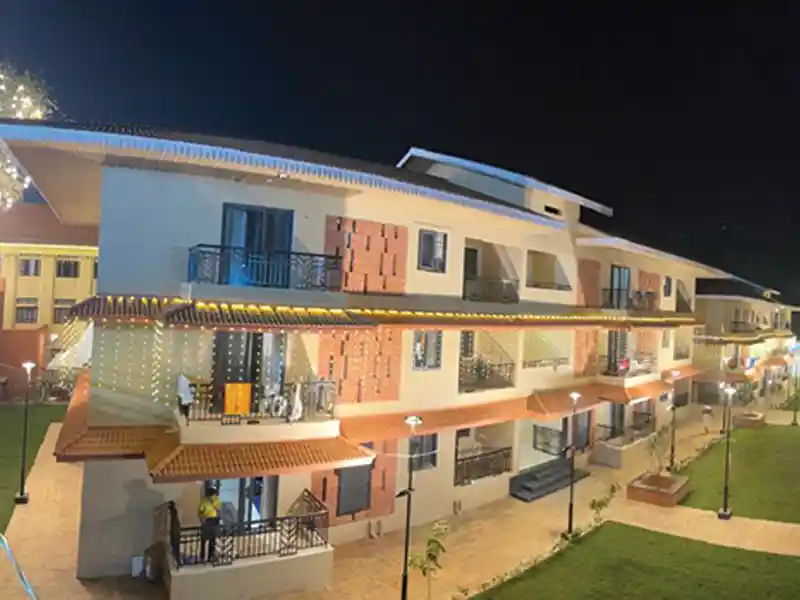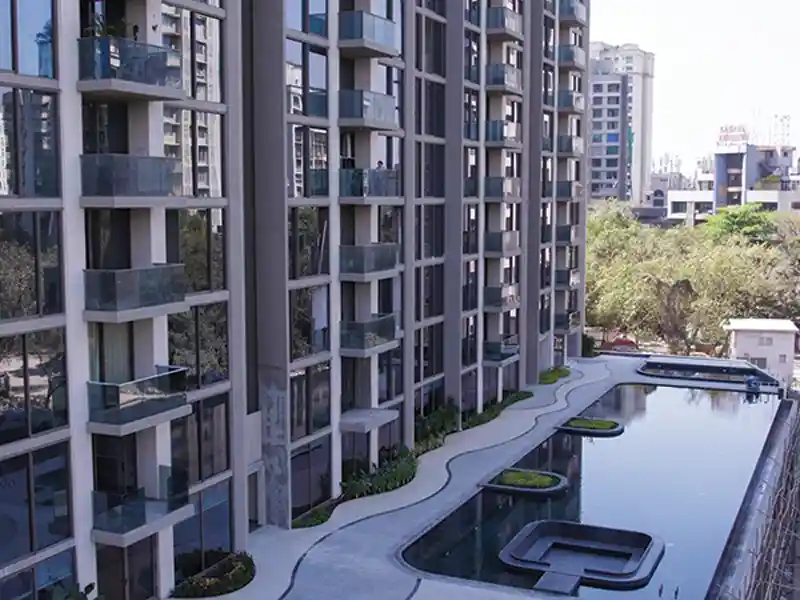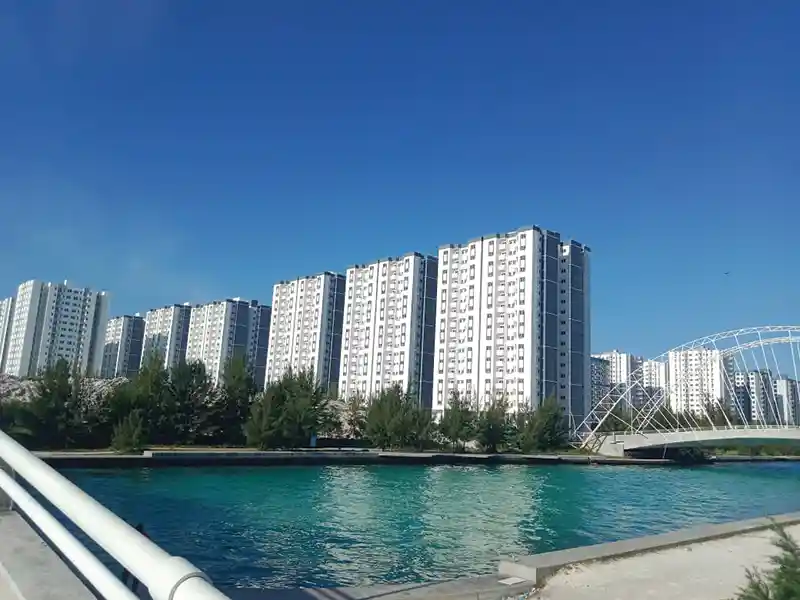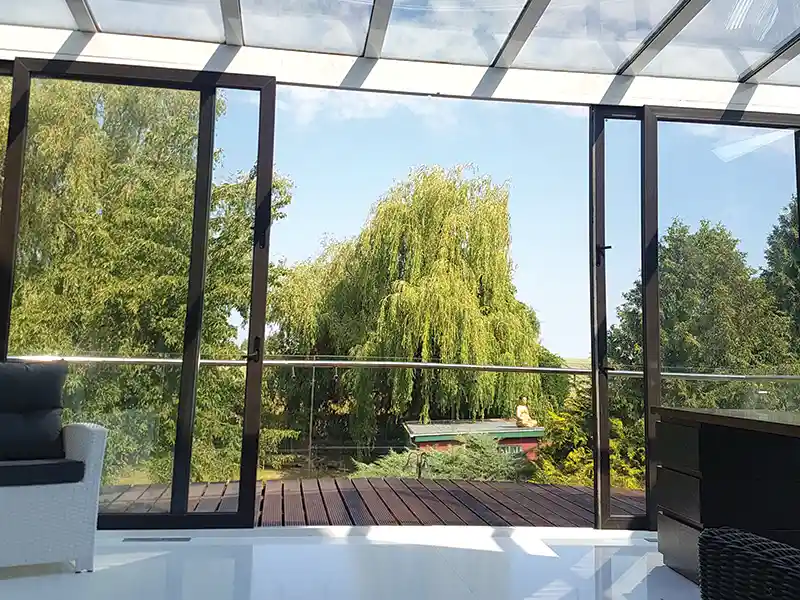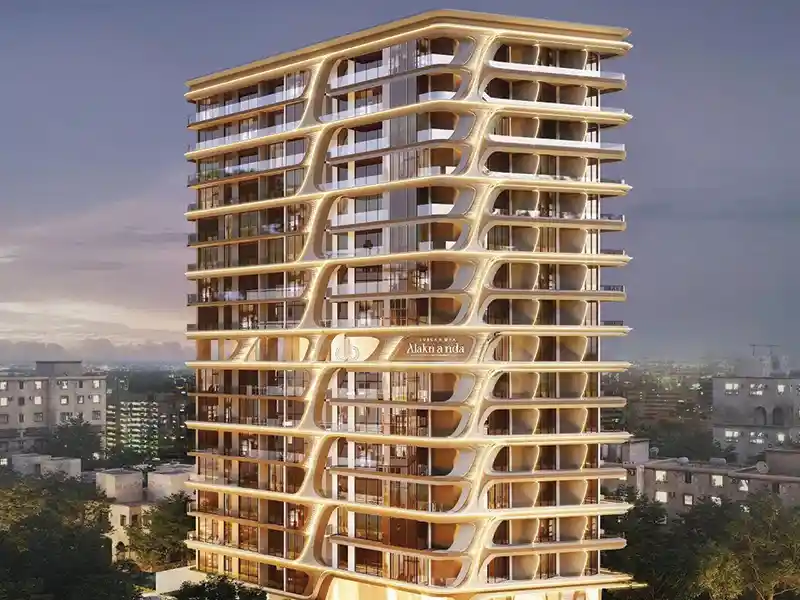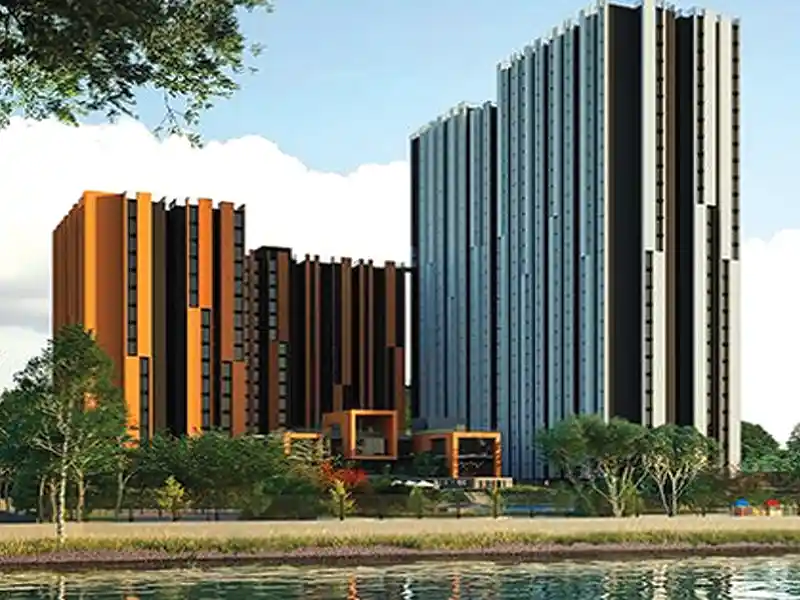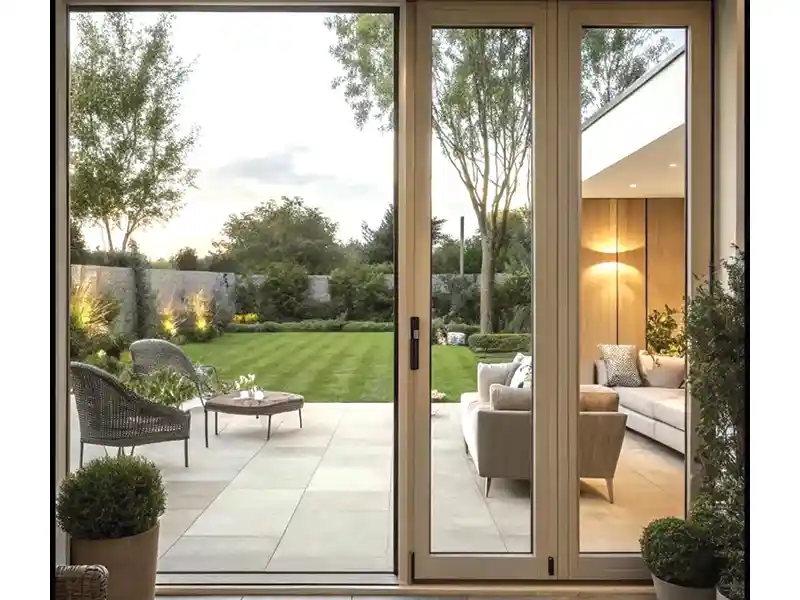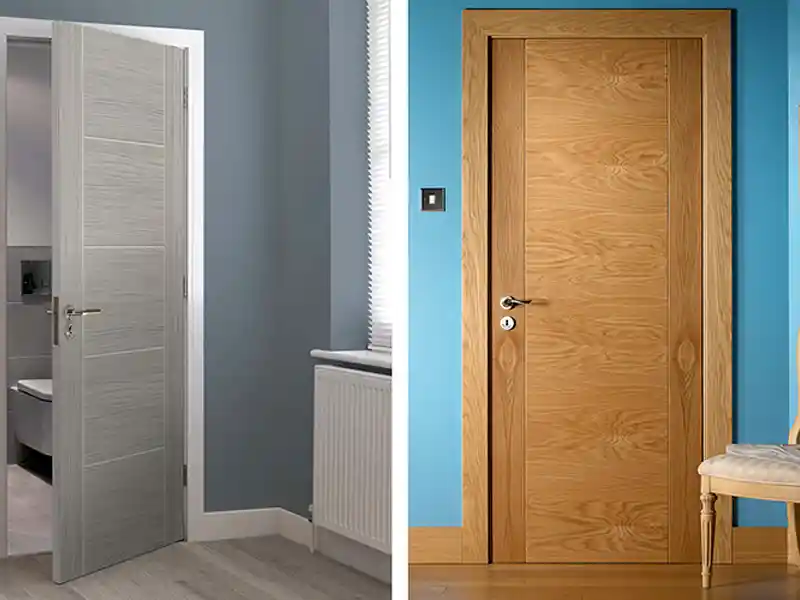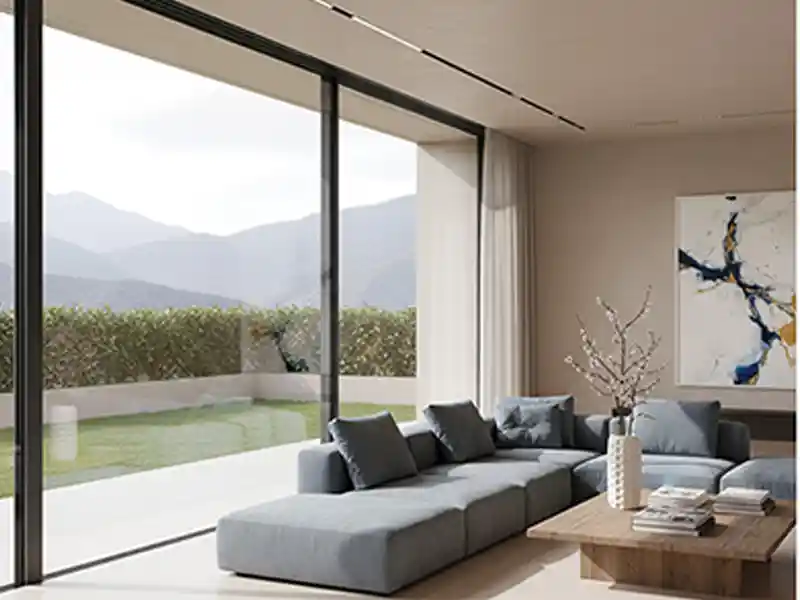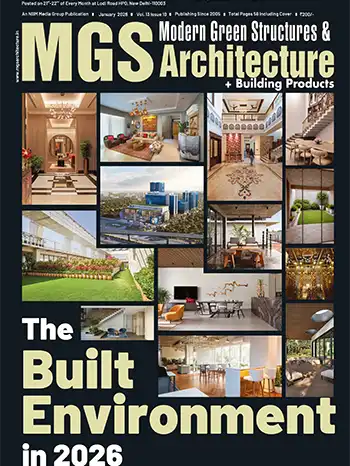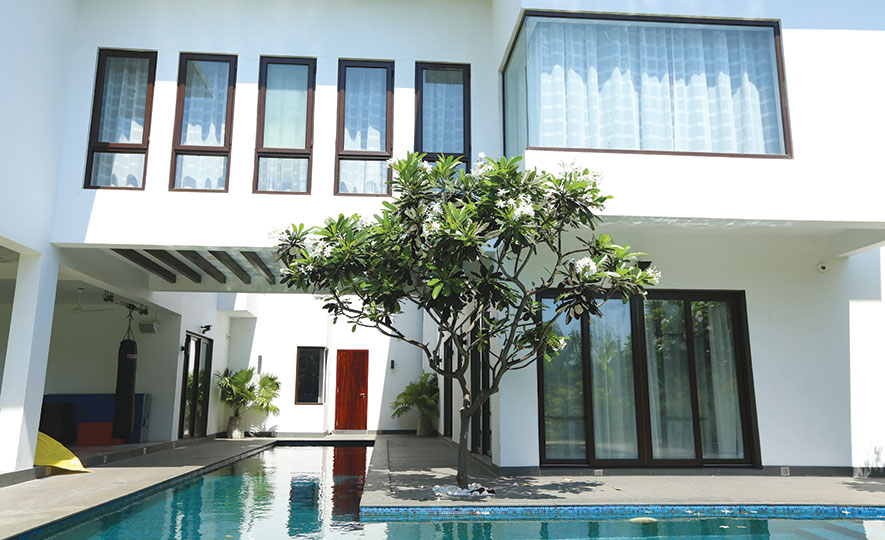
Lingel Doors & Windows Technologies
As India’s high-rise buildings become taller and taller, there is renewed focus on their fenestration as the doors and windows must provide high performance, functionality, safety and attractiveness. Mario Schmidt, Managing Director, Lingel Doors & Windows Technologies; Mahesh Choudhary, CEO, uPVC Division, Aparna Enterprises; and Amit Bhadu, Marketing & Communication Manager, Technal India - Sapa BS India, share their expertise with Seema Gupta.
Fenestration Challenges

All these requirements are important because fenestrations are what protect the inhabitants in a building from the natural elements of high winds, heavy rains, sound pollution, fire, termites, humidity and security issues, all of which are challenges for high rise buildings.

Amit Bhadu: For high-rise buildings in particular, the wind load plays a significant role in dictating the structural strength and in determining the thickness of the cladding material and the support structures used. All of these parameters must be considered and their impact calculated prior to the fabrication of panels. Before using any specific cladding material, a thorough testing must be done as per the specified standards.

Wind load will be calculated as per IS 875-3. We do have many additional static profiles (hurricane bars) with us which we are choosing according to the requirement as per the IS norm or if stronger designed by the static consultant. All our profiles are designed for using double glazing and so we can, if natural shading like balconies at the floors are not provided, use any thermal control glass within our profiles.
Mahesh Choudhary: It would depend on the end-user requirements as the climatic conditions in India are different from one place to another and hence the requirements for different customers can vary. The different requirements can be the type of material used, thickness of the glass, frame type (double or triple glazed), sliding or tilting or different types of casements and the type of hardware that is used. For the Indian and sub continental climatic conditions, uPVC profiles which contain multi-chambered with more than 2.5 mm wall thickness, 18 mm thickness of clear glass and multi-locking system hardware are recommended.
One of the most preferred window framing materials across the world is uPVC and is gaining wide popularity in Indian market due to its highly-efficient performance ratings and adding to this it is eco-friendly and 100% lead-free product which is recyclable and not harmful to either human beings or nature. They also have low maintenance and are eco-friendly as they can be recycled, are energy-efficient as they offer good thermal comfort unlike metals which helps in keeping the internal temperature consistent for a building.
Fenestration Trends
Mario Schmidt: When it comes to visual appearance we have in mind the color of the glass surface. But now glass is available in several colors and glass color can be conditioned by several environmental factors related to sunlight, reflected sky and clouds. The colors in trends for doors are Mahogany and Oak Rustic.
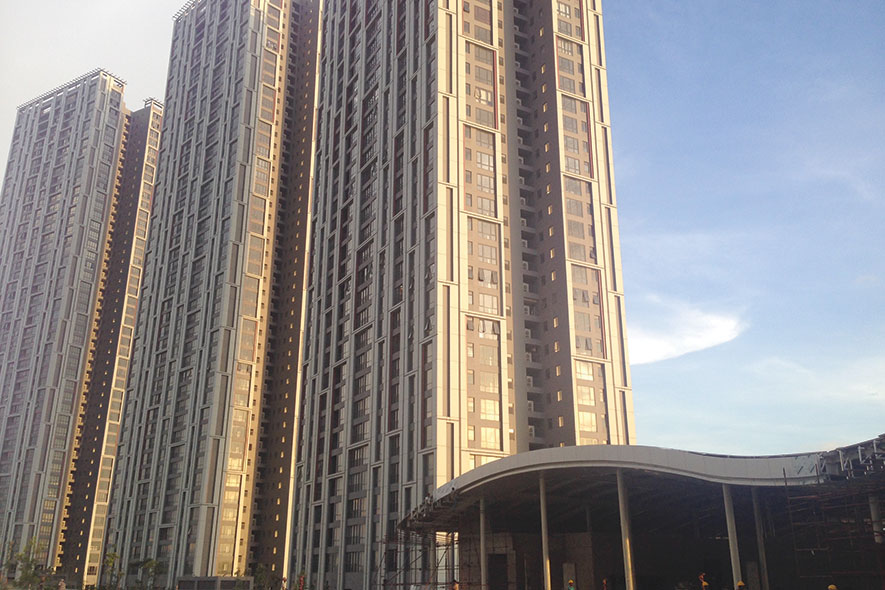
Lingel is a German based company and we ensure that we deliver only quality products that will last for over a decade. Commitments are making the difference. The unorganized sector does not provide guarantee/warranty and neither assures quality. uPVC windows were introduced in India 13 years back. In February 2016 uPVC Doors and Windows Manufacturers Association (UWDMA) introduced its guidelines for uPVC doors and windows fabrication and demands on materials. The Lingel standard, which is in place since 2006, was and is fully complying with that guideline. Considering that the awareness of buyers is going to increase, many inferior quality products sold till now will disappear in future. Also, the wonderful introduction of RERA will support the consumer in getting better quality products installed at their projects. With more than 10,000 projects completed during the last 11 years, Lingel has achieved to be one of the most trustable brands here in India.
Amit Bhadu: We can see a large number of new products being introduced to the market, some of which are very exciting. There are interesting glass products available including PV modules, di-chroic glazing, glazing with integrated louvers, intumescent glazing systems, electro-chromic glass that changes from clear to opaque in a second. With advancement in Concrete, Ultra-High Performance Concrete – which is a very high strength concrete that can be used in a variety of ways particularly for prefabricated panels and Light Transmitting Concrete offers innovative opportunities.
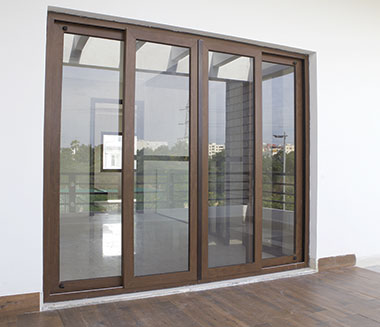
There are so many different textures, colours and iterations to choose from, you will be sure to find something that fits your eye and the project at hand. We look for properties like lightweight, durability, resistance to outside forces, energy conservation and possibility of integration to our aluminium joinery systems while deciding on the material.
We constantly develop new and innovative solutions with aluminium profiles, relying on experience and partnerships with the customer. Our R&D departments, integrated testing facilities and vertical integration widely contribute to this goal and give us a definite edge over the competition. Our new innovations are Technal’s innovative concept that guarantees acoustic attenuation carpentry, even open window. Based on the combination of complementary technologies “passive” and “active”, it provides sound attenuation up to 25 dB; and integration of systems with home automation through technology. The popularity of smart homes is growing exponentially. Fenestration is just beginning to bloom in this space.
The technology is becoming more advanced. Automation relative to fenestration in this market addresses one or more of the following areas: convenience, safety/security and/or efficiency. Here, we’ll focus on the first of the three, convenience, which is usually tied to the luxury market. The luxury market is a natural fit for automation. Automation is more relevant to the products—it makes sense to incorporate automation to help move the large expanses of glass that are characteristic of this niche.
Technal’s “flip-flap door” is an application in the SOLEAL range that is dedicated to commercial and office buildings in areas where there is a steady flow of people. What is specific about this door is a sealing, or closing system that uses an expandable gasket. This gasket expands when the door is closed, allowing high weather tightness, yet does not affect the dimension of the door.
Mahesh Choudhary: High-rise buildings in India have been cropping up in many cities and it is not surprising as cities have to cope with the increasing population. The high demand for skyscrapers plays host to a number of projects that have begun to crowd the Indian skies with high-rise buildings. Due to this huge demand, new trends in fenestrations have also emerged. The new trends that can be seen in fenestrations and windows are the use of wide range of colours applying both single and two-colour options and also the use of lamination.
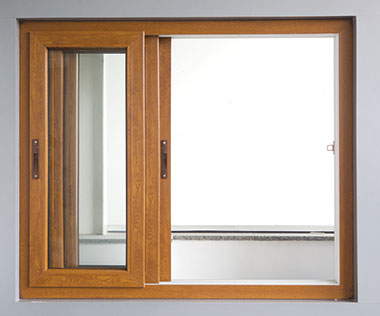
uPVC fenestration by Aparna Enterprises
Fenestration Do’s and Don’ts
Amit Bhadu: Customers must look for sustainable, innovative, reliable and aesthetically pleasing door/ window systems for both internal and external applications. The solution should be the perfect mix between form, function, ease of use, security and performance. The solution should allow natural light to flow in while keeping weather, noise, dust, rain, air and pollution out. Residential and commercial spaces are two different segments and have different requirements in terms of design, use, function and performance. Residence is more about creating private spaces and commercial is about creating a collective space and the same drives the solution requirements.
Mario Schmidt:
- Wind load should be considered ad per IS 875-3.
- Hurricane bars be used as per wind load demand.
- Sill height should be of at least 3-4 feet so kids don’t fall out of the windows excitedly.
- Ensure special fixing arrangements, since cost goes up for shifting and lifting the material.
- Keep windows closed whenever you are leaving the house. All units are tested only in closed conditions.
- Critical windows are the one where no balconies are there and panels can fall from top of the building to the ground. It is recommended that balconies are around the building to secure the windows from falling from top to the ground.
- Recommend lead-free profiles
- Reinforced structural strength depends on the wind loads
- 10 years warranty on profile colour
- One year warranty on hardware
- Titanium di–oxide (TiO2) should be 6 to 8 parts per hundred
- Calcium Carbonate (CaCo3) should be below 10 parts per hundred
- Do not recommend lead products
- Do not forget to check on structural strength for high rise buildings
- Make it 100% sound-proof; it should have 40 dB limit.

